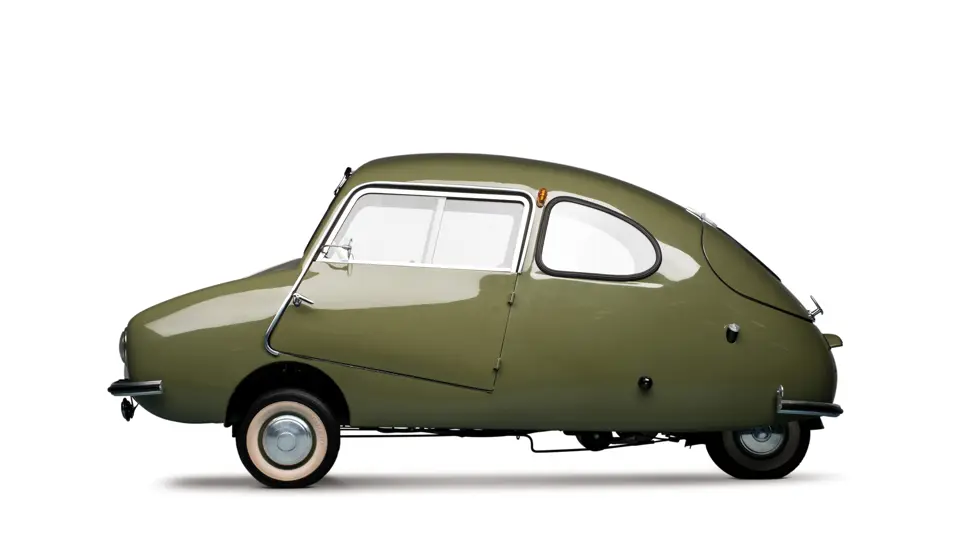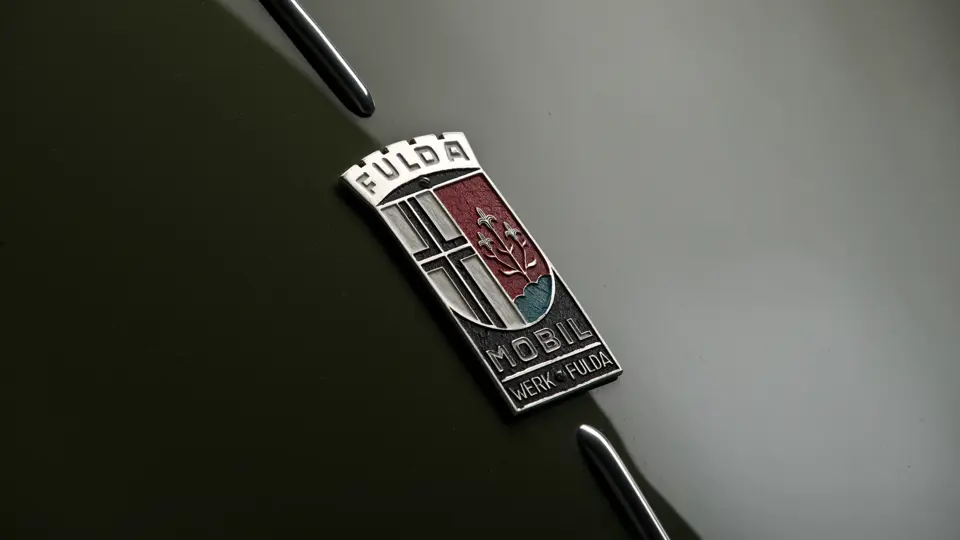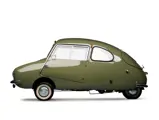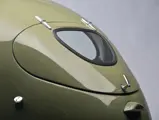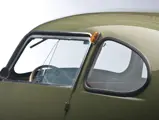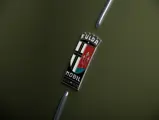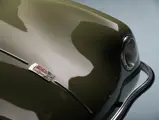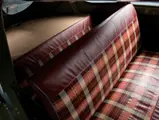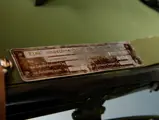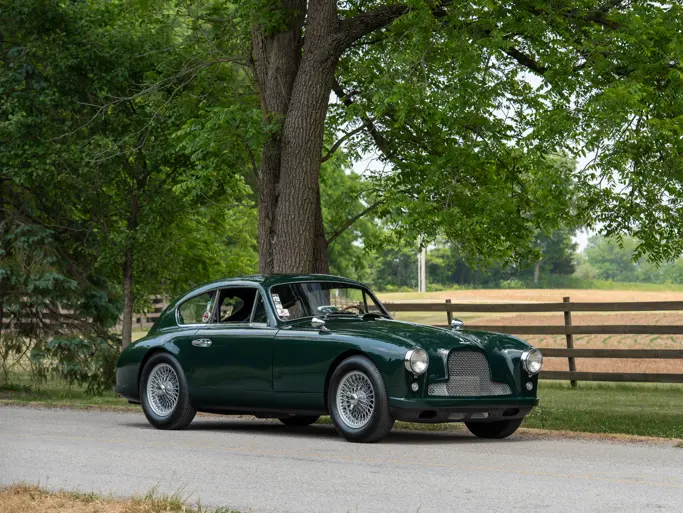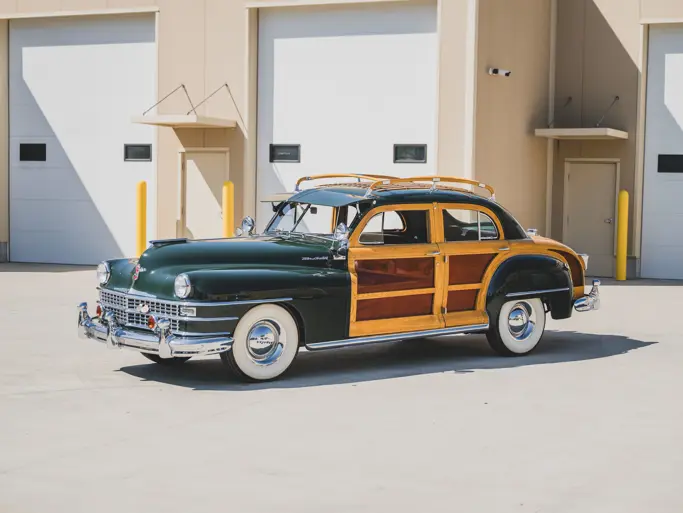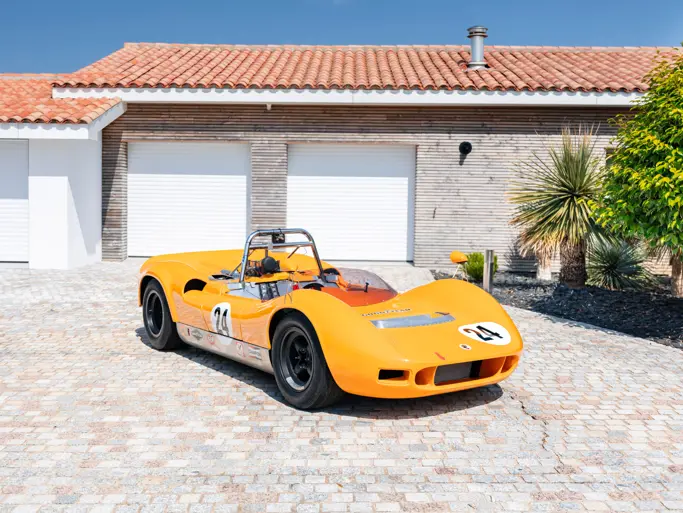SPECIFICATIONS
Manufacturer: Elektromaschinenbau Fulda GmbH
Origin: Fulda, Germany
Production: 123
Motor: Fichtel & Sachs 1-cyl, 2-stroke
Displacement: 191 cc
Power: 9.5 hp
Length: 10 ft. 2 in.
Identification No. 200604
Business was good for Karl Schmitt, who was building emergency generators, electrical equipment, and slide projectors, but his car sales were beginning to take pride of place. He began thinking of expanding and streamlining production. The first priority was to acquire additional space, and the second was to decrease the excessive amount of hand-labor in each car. The wooden bodies were built along furniture or cabinet-making lines, with hefty ash frames, a plywood covering, and heavy sliding plate-glass windows.
Perhaps an aluminum shell was the answer. Schmitt ordered a new body design, and a wood and plaster model was created in short order. VDM (United German Metalworks) in Werdohl gave assurances that a strong body shell could be constructed by stretching warm, annealed sheets over cast-aluminum formers, as long as they were round, curved shapes. And round they were—the bulbous, streamlined shape successfully reflected the fashion of the day. The chief body constructor, Lehnebach, recalled how the sleek, rounded Porsche was used as a prime inspiration. The separately-formed nose, roof, and tail sections were then welded together and, with a plywood floor, fitted to the tube chassis.
The prototype S-1, with an oval bull’s-eye rear window located above the rear hatch, was built and tested and put into production in the spring of 1954. The press received the new shape enthusiastically. NWF in Wilhelmshafen took out a license and built 700 S-1s with ILO motors. The S-2 was built alongside the “silver flea” from the summer of 1954 for one year. The S-3 had two prototypes with the new Sachs 191-cubic centimeter motor.
A significant change in government regulations reduced the tax advantages of three-wheelers. Here was an opportunity for Stevenson to improve the Fuldamobil’s handling by adding another wheel. The rear wheels were six inches narrower than the Isetta’s, making them almost a dual-wheel. Not only did the car handle better, but its character, with the livelier, free-revving motor, felt different. With the new motor came an electric reverse. The rear hatch window was somewhat bigger, and the wiper was now at the top of the windshield. This example was painstakingly restored in its original Hunter Green color by the museum. A roll of original plaid fabric from the fifties was sourced for the interior, and the car features dual-wipers, triple floor mats, and a correct Witte mirror.

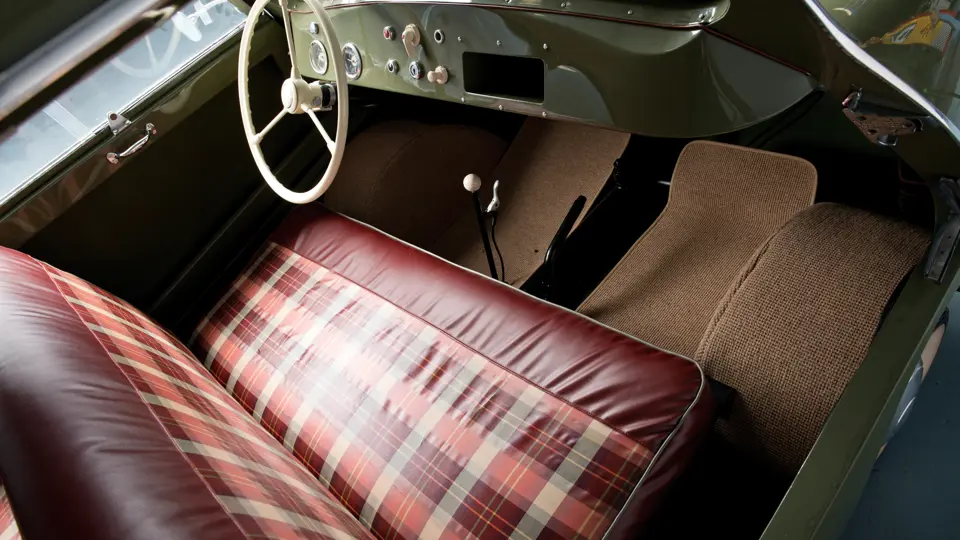


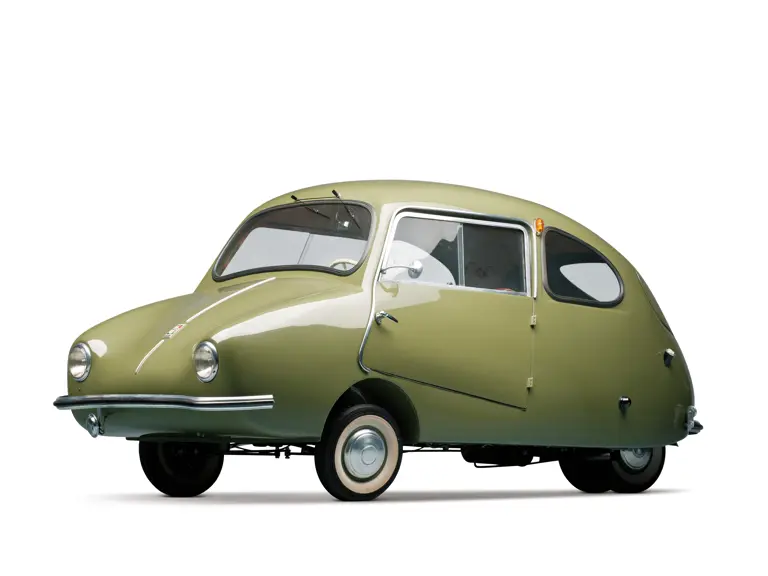



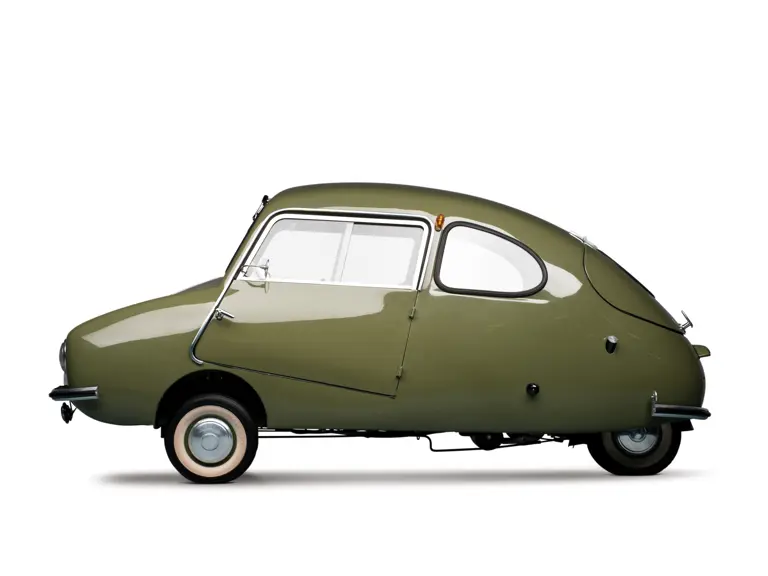
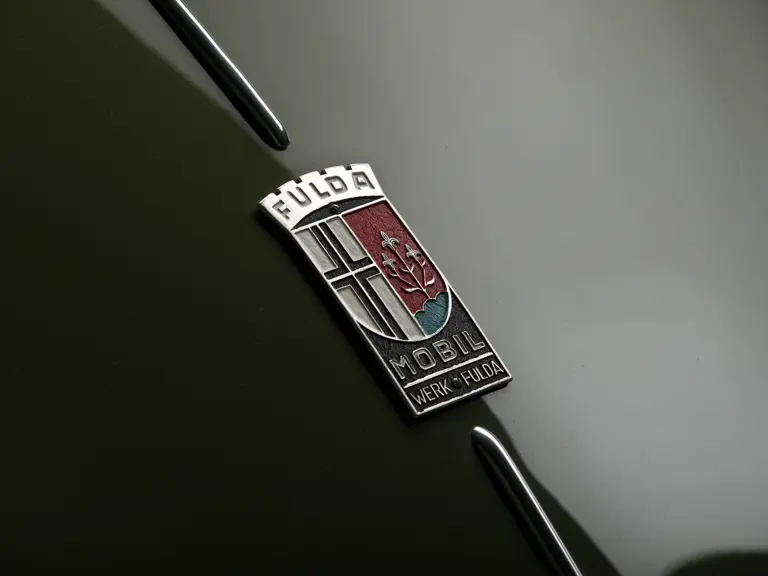
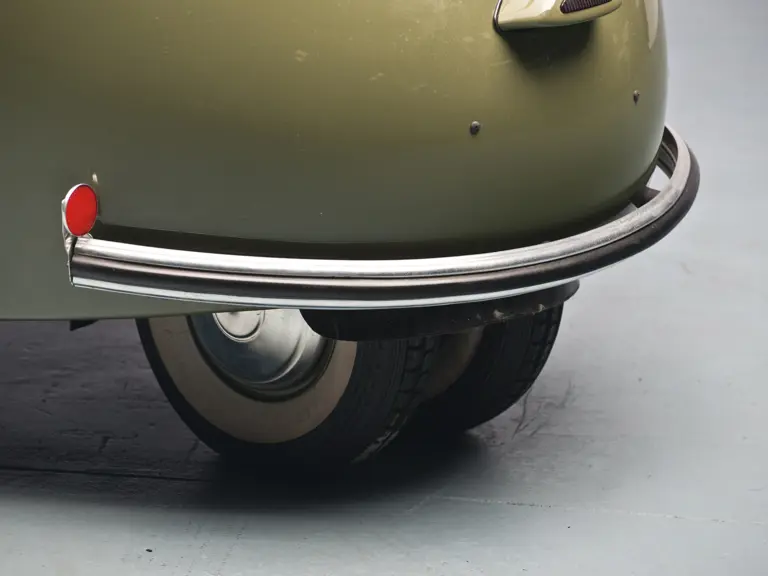
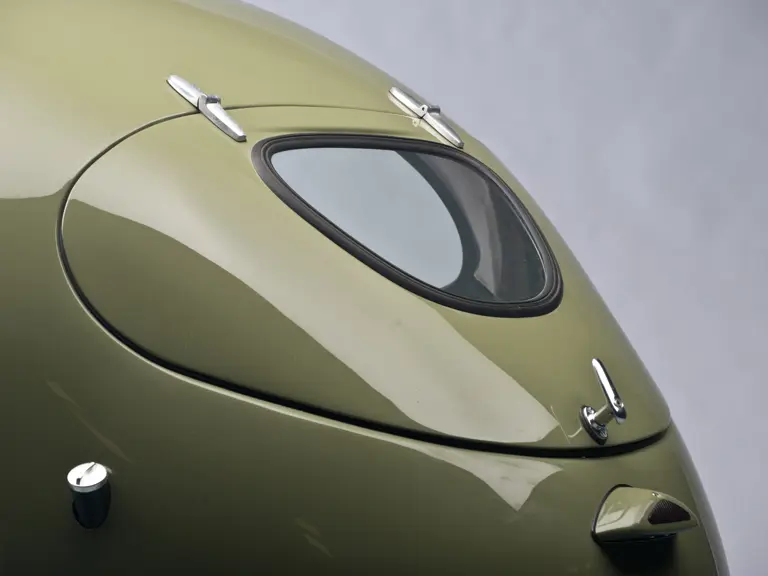
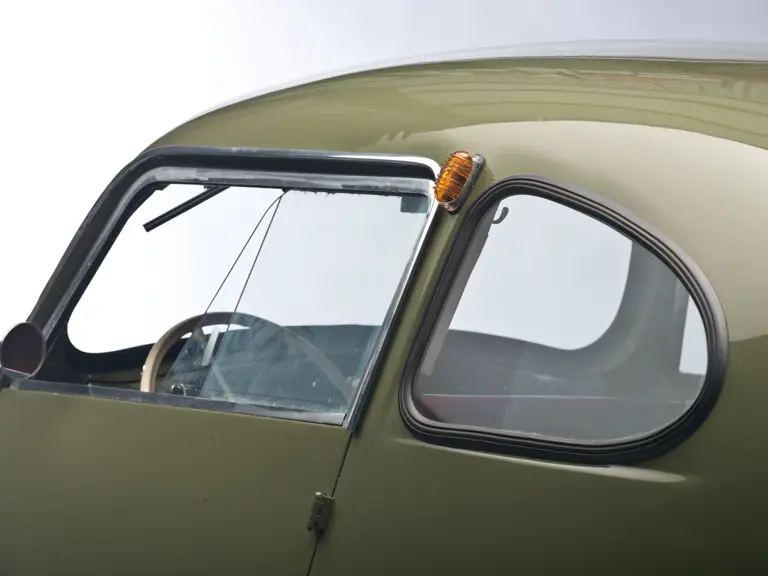
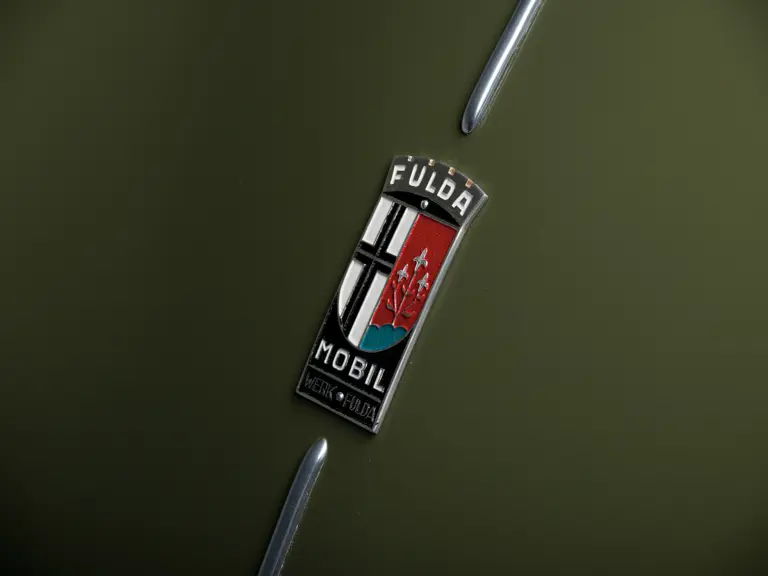
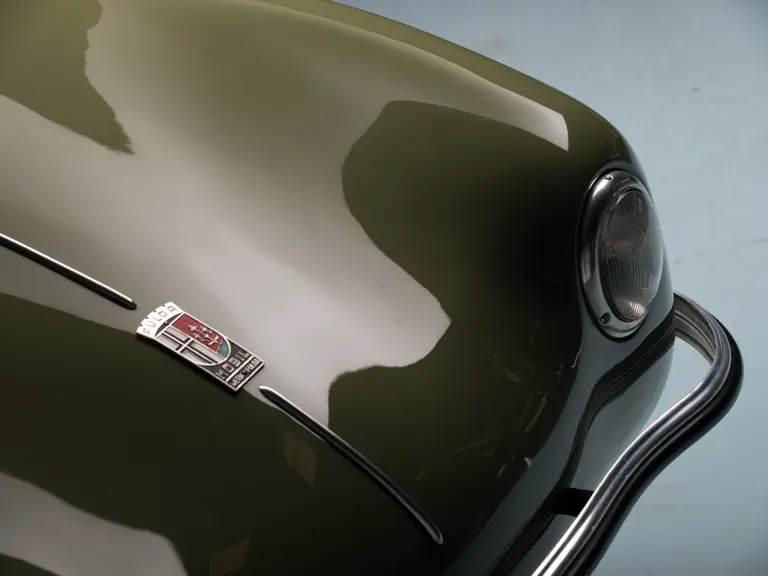
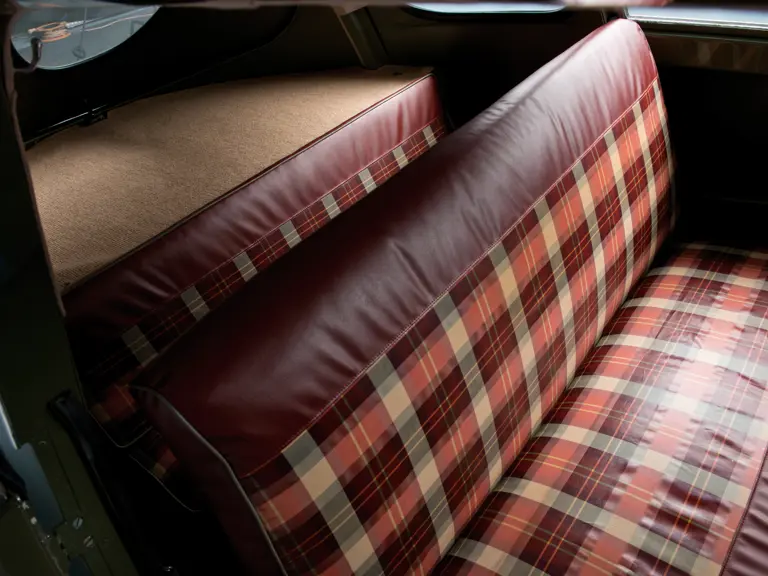
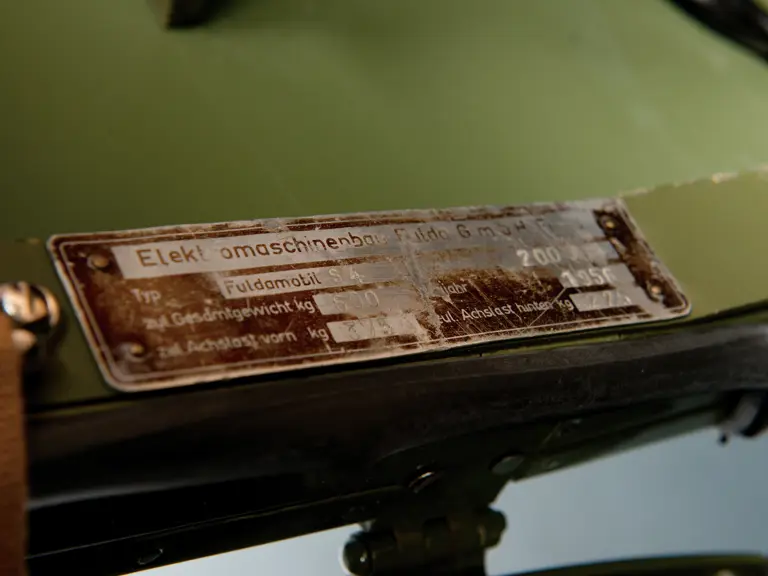
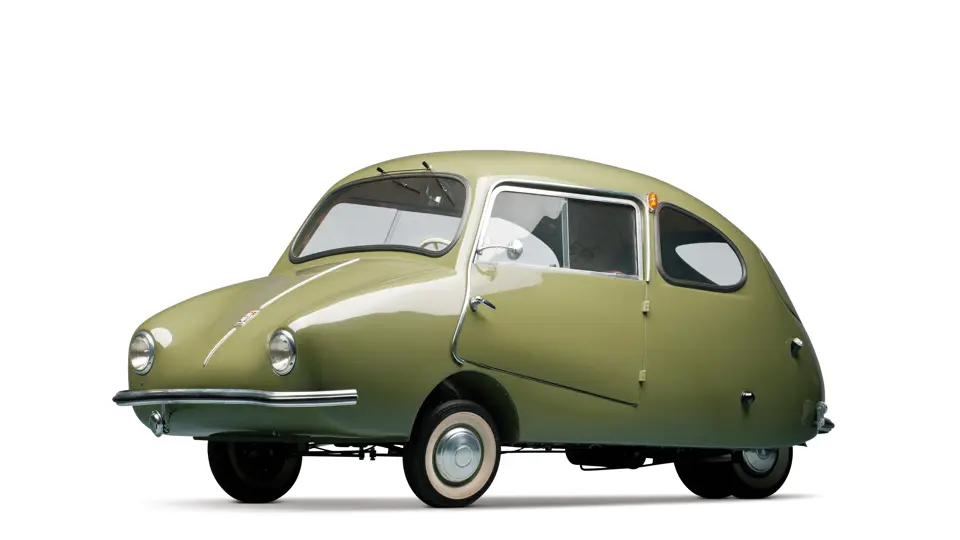
 | Madison, Georgia
| Madison, Georgia
